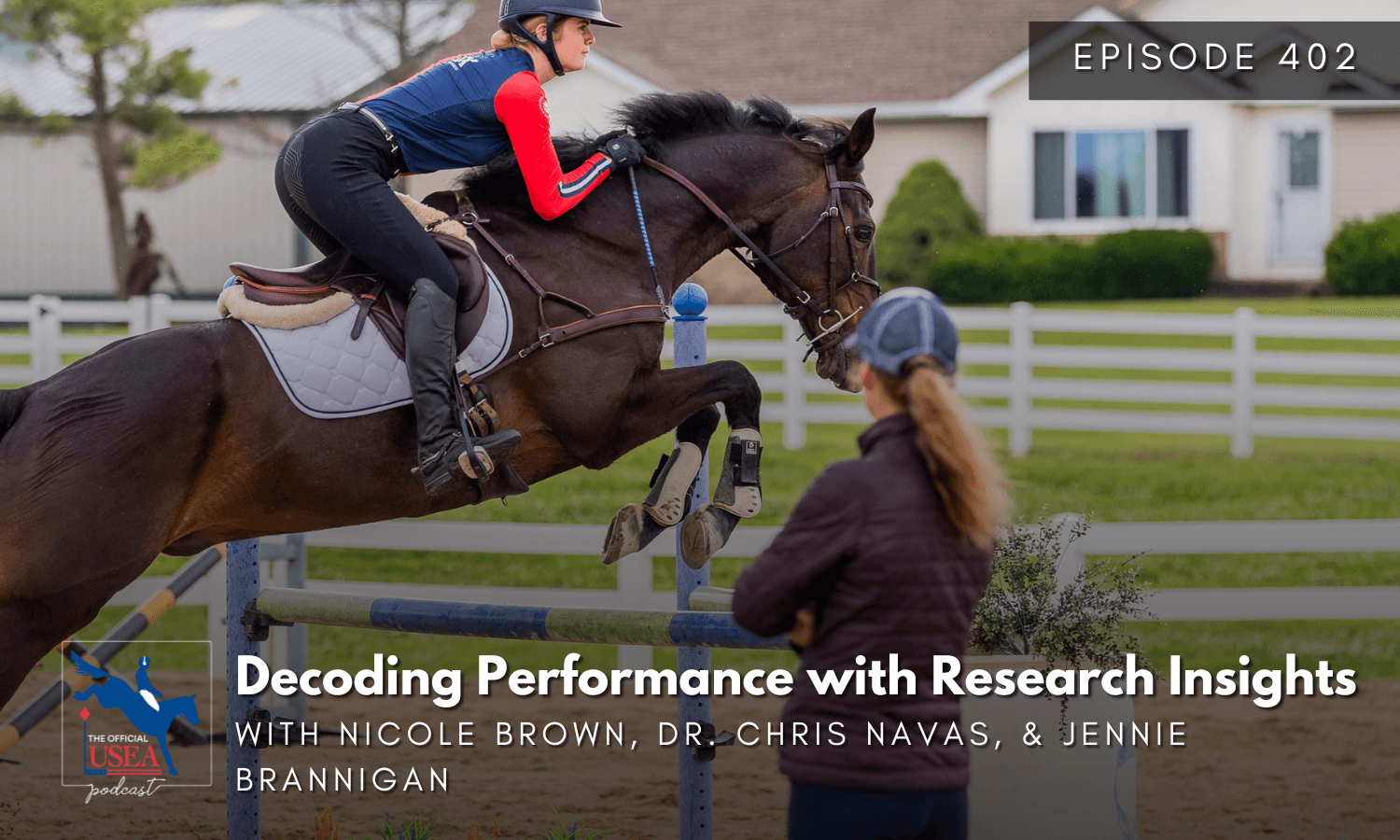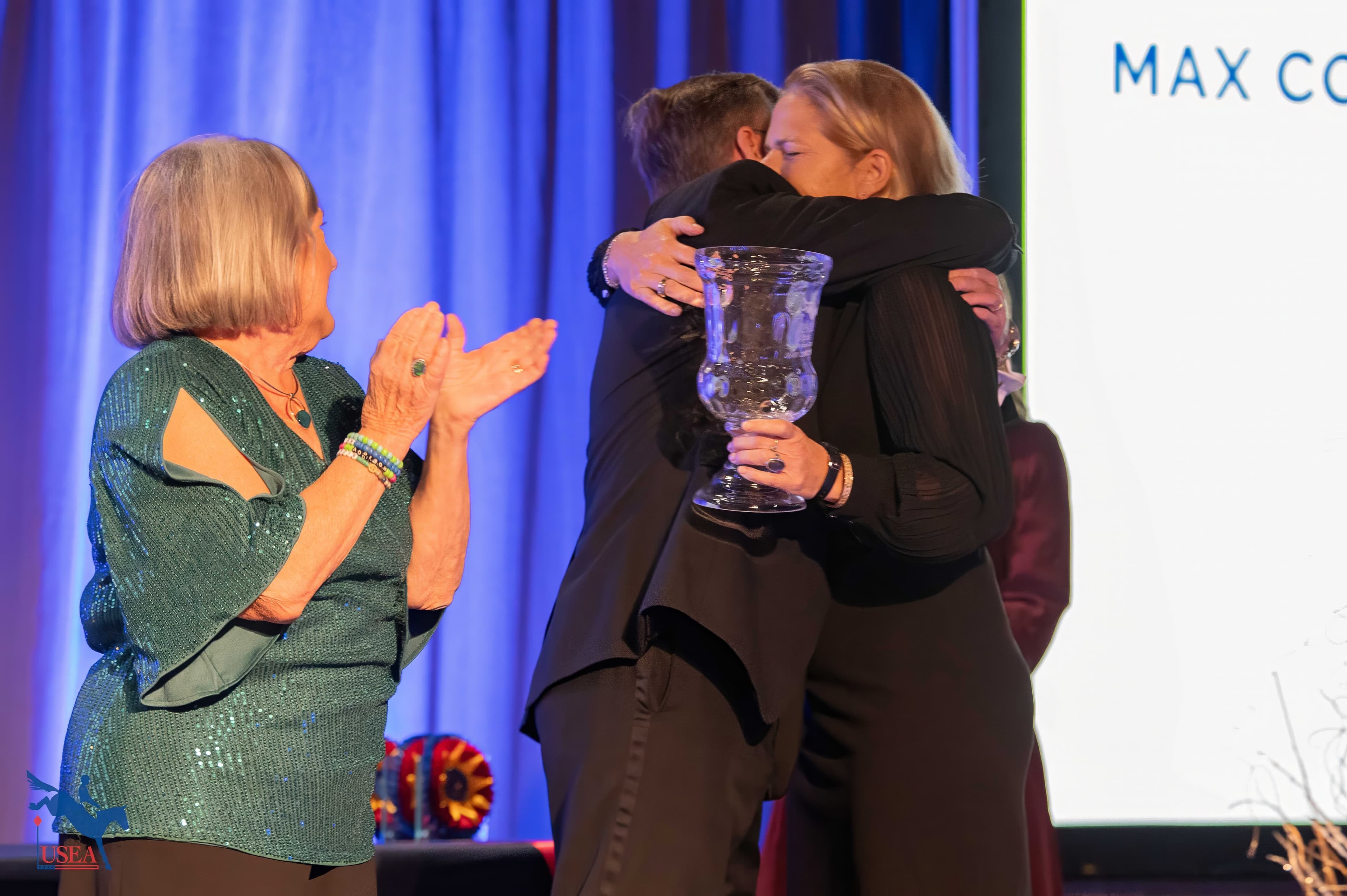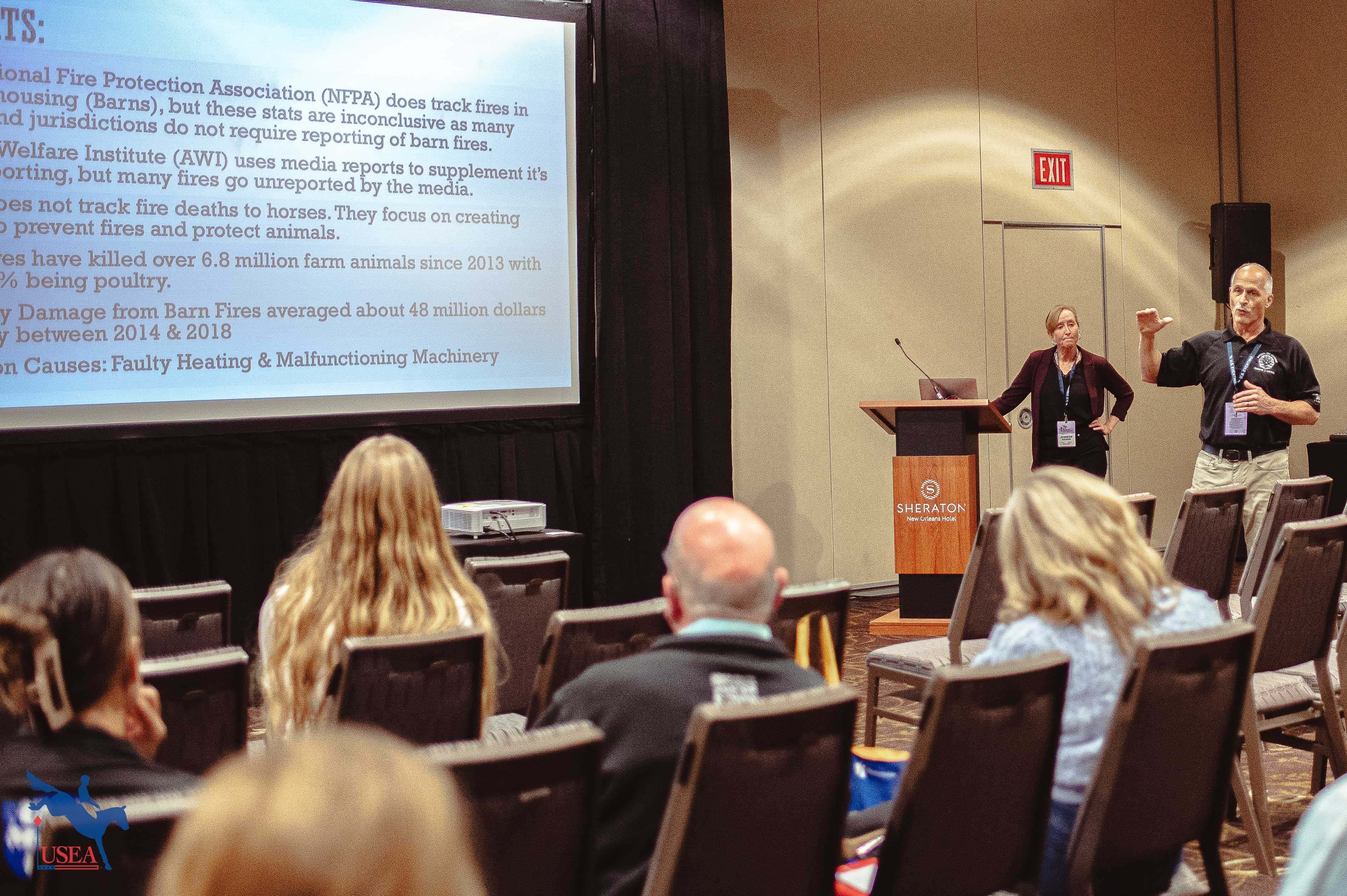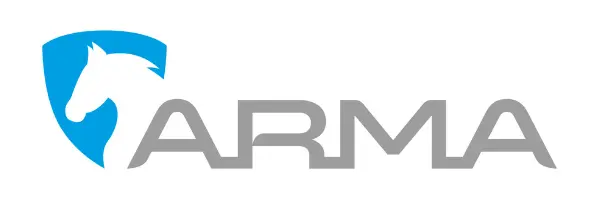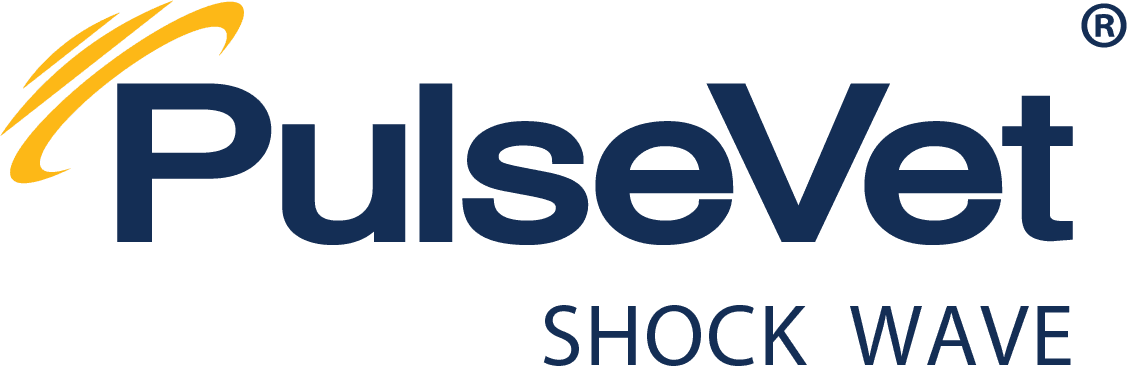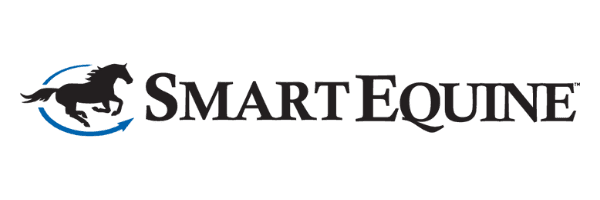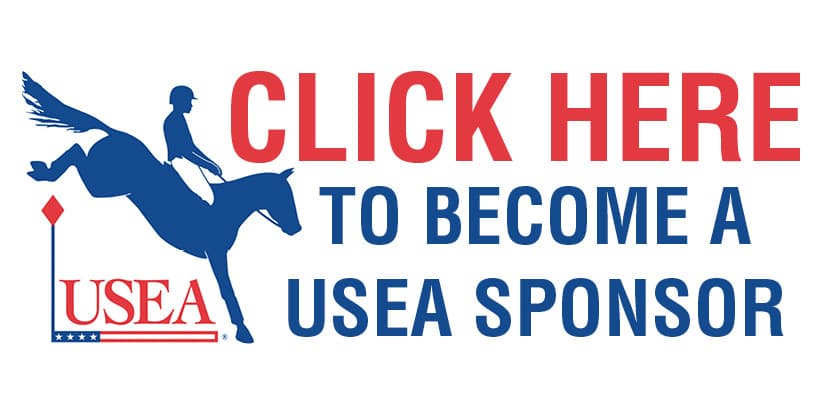The New Standard of Excellence: Why the Sport Needs a Different Story
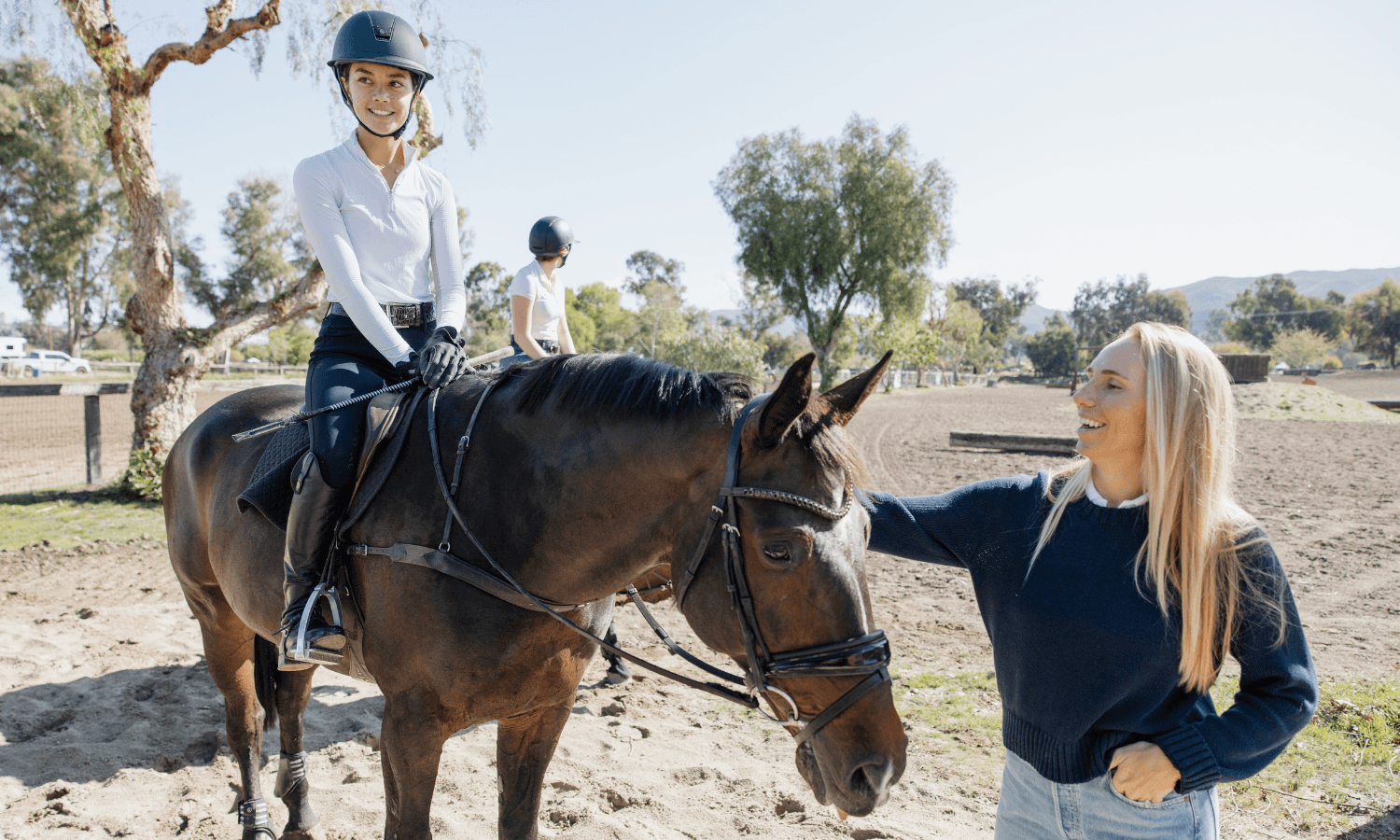
In every generation of equestrian sport, defining questions arise. Some are practical: how do we prepare horses for the technical demands of modern courses? Some are structural: how do we sustain the sport financially and ensure access for the next generation? And some are deeply human: how do we care for the athletes, both horse and rider, who carry the weight of tradition, performance, and expectation?
We are in a moment where all of these questions are pressing at once. Eventing is more visible than ever, yet that visibility comes with scrutiny. Riders at every level face extraordinary pressure to perform. The costs of participation have never been higher, stretching the dreams of talented young riders and passionate amateurs. Mental health is a growing conversation, no longer hidden in shadow but still not fully integrated into the culture of training and competition. Add to this the urgent call for greater sustainability in how we manage land, horses, and resources, and it becomes clear: the old story of excellence, defined by grit and force alone, is no longer enough.
Excellence is evolving. And with it, so must our narrative.
A Sport in Transition
Eventing has always prided itself on courage, adaptability, and partnership. Yet the very qualities that built the sport can become limitations when interpreted through an outdated lens. For decades, success was often measured by the ability to push through, to sacrifice without limit, to silence the inner voice that calls for rest. That mindset produced wins, but not legacies.
Today, the sport also finds itself under a microscope when it comes to safety. Every incident, whether horse or rider, is seen not only by those within the community but by a wider public whose trust is essential for the future of the sport. This scrutiny adds weight to the need for evolution.
The truth is, the sport is already rewriting its story. Riders are speaking openly about mental health, normalizing the fact that excellence and self-mastery can coexist. Veterinarians, course designers, and governing bodies are innovating in horse welfare and safety, ensuring that boldness does not come at the expense of well-being. These shifts are not signs of weakness. They are signs of maturity.
Most importantly, we are recognizing that horse welfare and rider mastery are not separate conversations. They are one and the same. The way riders regulate themselves, lead with presence, and take ownership of their nervous system directly impacts the horse’s welfare and the quality of performance. Performance welfare is horse welfare. When we honor both, the sport thrives.
Bright Spots of Leadership
In my day-to-day work across barns, rings, and warm-up arenas, I see a quiet change taking hold. Riders are beginning to treat nervous system literacy as part of their training, not an afterthought.
- Olympic riders are cultivating mastery by noticing everything that pulls them out of presence, on and off the horse. It’s about the emotional capacity to both compete at peak levels and manage leadership demands in the same day: the hard conversations, the pressure, the responsibility. Ego mastery is not avoiding, not bypassing, but meeting everything with full presence.
- Amateur riders are building consistent confidence by doing the emotional work that allows them to separate identity from results. That shift makes recovery faster and performance steadier. It transforms competition from a verdict on self-worth into a proving ground for growth.
- Young Riders are in the process of identity formation. Here, nervous system training is not just about rituals and resets, it’s about discovering who they are outside of results, pressure, and comparison. Even amidst strong external voices, they learn to trust their own path and choices. Confidence comes not from outcomes but from that grounding.
None of this replaces technical skill or conditioning. It completes them. Nervous system training gives riders access to the skill they already have, especially when it counts. I have watched seasoned professionals come back to flow after a mistake. I have watched adult amateurs ride with more clarity during competition. I have watched teenagers realize that nerves are not the enemy, but signals they can learn to interpret.
This is leadership at ground level. It is not loud. It shows up in better timing, clearer rides, safer choices, and an expanded definition of excellence that includes both rider mastery and horse welfare. The story of the sport is shifting from toughness at any cost to trained presence under pressure. That is a standard we can all help write.
The Power of Narrative Leadership
What drives this shift is not policy alone. It is narrative. The stories we tell about what matters most shape the choices riders, owners, and organizations make. When the story of the sport glorifies sacrifice above all else, young riders learn to devalue their health and ignore the signs of burnout.
But when the story honors presence, regulation, and the inseparable bond of horse and rider welfare, it builds a culture where fulfillment and performance reinforce one another. Self-mastery and performance mastery are not competing pursuits. They are partners. Together, they create the foundation of true excellence.
This is what narrative leadership means. It is not the job of one federation or one keynote speaker. It is a responsibility carried by every participant in the sport, from Olympians to those entering their first starter trial. Each rider adds a thread to the larger fabric. Each coach, owner, and volunteer has influence on the culture we build. Excellence is not a static destination. It is the ongoing narrative we agree to live by.
Looking Ahead
As we look toward the USEA Annual Meeting and Convention this December, my keynote conversation will invite us to ask: What story do we want to tell about our sport now? Not the story we inherited, but the story we are shaping for the present moment and the next generation.
Excellence will always matter. But perhaps the new standard of excellence is not about perfection or endless sacrifice. Perhaps it is about wholeness, sustainability, and the courage to expand the definition of success.
The future of eventing will not be decided by one rider, one program, or one governing body. It will be written by the collective choices of everyone who steps into the arena.
The story is already changing. The question is whether we will be conscious authors of it, or passive characters in a script that no longer fits.

